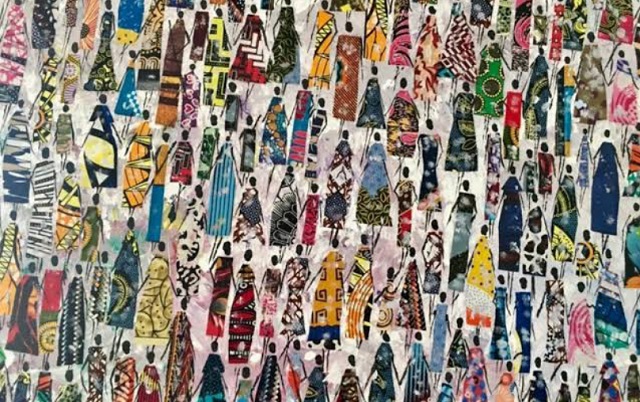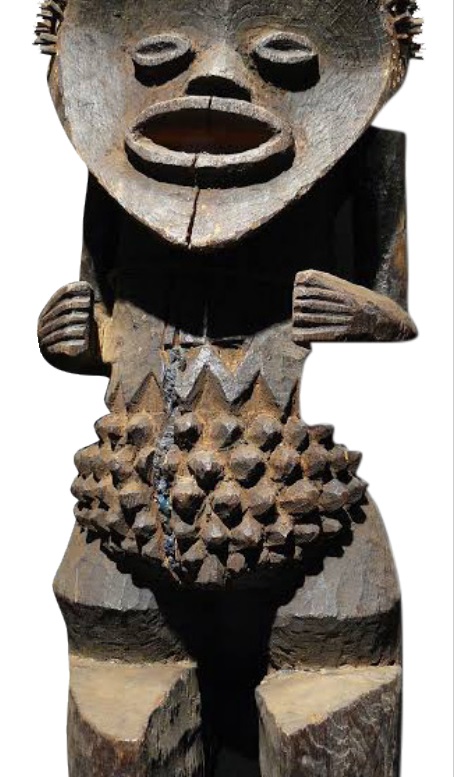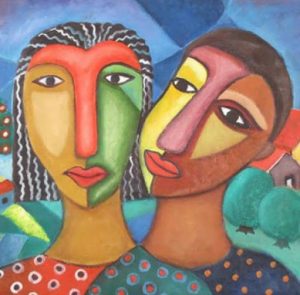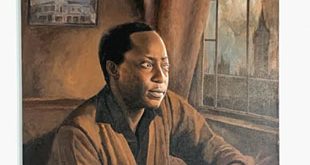
What is African art and should African diaspora artists enjoy the African artists identity?
Kampala, Uganda | DOMINIC MUWANGUZI | The term African Contemporary art despite its success in global art circles in recent years, has not been without controversy. In the early 1990s and before, the term generated a furor of arguments, including in particular during the 1989 triennial symposium gathering of Africanist in the state of Baltimore, USA where mention of the phrase African contemporary art was ‘interpreted as a regrettable intrusion of a tiresome product outside the concerns of serious scholarship’. On other occasions, during the same workshop the phrase was described as marginal and of irrelevance. In the same manner, during a series of exhibitions including Changing Traditions 1990 at the Studio Museum and Africa Now at the Saatchi Gallery, which showcased art from the African continent, the phrase seemed to elicit curiosity and debate within the context of the nature of artworks displayed and the background of artists behind the respective work of art. In the highly documented exhibition Africa95: An exhibition of African Contemporary Art in England, the exhibition of tribal artifacts inform of glass beads, tomb sculptures and Royal stools brought into question if African art is tribal or if such ceremonial objects should be relegated to the corridors of primitive art.
 But while such debate may have existed before, art critics and scholars today are still grappling with the definition of African art and what is contemporary within the African context. It has been argued by art critic like Olabisi Silva that the stereotype attached to African art has made it increasingly difficult to penetrate global art circles. It can also be said the same prejudice has made it difficult to define exactly what African art is. In her essay, Africa95: Cultural Celebration or Colonialism, she points out that ‘persistent misconceptions that for art to be from Africa it has to be traditional is not only naïve but also out of sync with contemporary realities of the continent.’ Therefore, the organizers of Africa95 exhibition and other exhibitions that showcased tribal art seemed to be prejudiced to the ‘primitive art narrative’ which Bisi does not agree with. Bisi’s argument obviously stems from the fact that art as we know it is defined using western parameters where the artist must have acquired a certain kind of education to produce art. Yet as some scholars have always argued that African art has always been contemporary, even before the introduction of western modern art education on the continent. On Bisi’s front, the African artists’ search for creative freedom, prompted them to challenge the academism of colonial art education and sought to incorporate traditional art making elements in their work.
But while such debate may have existed before, art critics and scholars today are still grappling with the definition of African art and what is contemporary within the African context. It has been argued by art critic like Olabisi Silva that the stereotype attached to African art has made it increasingly difficult to penetrate global art circles. It can also be said the same prejudice has made it difficult to define exactly what African art is. In her essay, Africa95: Cultural Celebration or Colonialism, she points out that ‘persistent misconceptions that for art to be from Africa it has to be traditional is not only naïve but also out of sync with contemporary realities of the continent.’ Therefore, the organizers of Africa95 exhibition and other exhibitions that showcased tribal art seemed to be prejudiced to the ‘primitive art narrative’ which Bisi does not agree with. Bisi’s argument obviously stems from the fact that art as we know it is defined using western parameters where the artist must have acquired a certain kind of education to produce art. Yet as some scholars have always argued that African art has always been contemporary, even before the introduction of western modern art education on the continent. On Bisi’s front, the African artists’ search for creative freedom, prompted them to challenge the academism of colonial art education and sought to incorporate traditional art making elements in their work.
Today, the definition of African contemporary art will gravitate from art made by artists in Africa and the African diaspora in the post independence era to art that has been absorbed by the international art world and art market since the 1980s (Wikipedia). In both scenarios, it becomes apparent that the phrase is largely influenced by the outside world. This dictate of what African contemporary art is or should be by the West brings into question the notion of western art critics and curators gatekeeping art from the continent that still persists even today. It also begs to answer the more complex question should artists who practice outside the African continent be considered African artists? The latter has generated wide raging debate from art scholars since quite a sizeable number of these African diaspora artists have remote ties with their respective countries of origin, and more frequently they have acquired citizenship in their new home. Again, the diaspora artist is privileged ( and sometimes burdened) by their increasing visibility in elite international art venues, something his colleague in Africa can only dream of. It should be noted that the diaspora artist often has a cooperative advantage at exhibitions over the home-based artist based on the improved art infrastructure that exists in his new home. The art infrastructure in many African countries is underdeveloped and therefore poses serious challenges for artists to work maximally. Such disparity was evident with the KAB18 (Kampala Art Biennale) with its highly contentious The Seven Art Masters’ project.
Contemporary African art discusses and explores themes of migration, identity, globalization and passage of time. These topics are popular in the Western world today and are quite representative of the political and social experience of the diaspora artist. In fact John Peffer (The Diaspora as Object 2008) , argues that ‘what is contemporary African art is largely the fruit of a production of artists living in the diaspora today.’ This statement could imply that the African artist working on the continent is simply playing along to the “whims” of the global art world where his contemporary the diaspora artist belongs. This reality cannot be overemphasized with the frequent western patronage of contemporary African art visible at many exhibitions, art fairs and auctions across the continent. However, this is not to say that African art should only be of interest to black African on the continent. But the idea of stereotypical tendencies often witnessed in its production, management and marketing cannot but provoke intense criticism. This criticism does inevitably come with its dose of controversy.
****
 The Independent Uganda: You get the Truth we Pay the Price
The Independent Uganda: You get the Truth we Pay the Price





